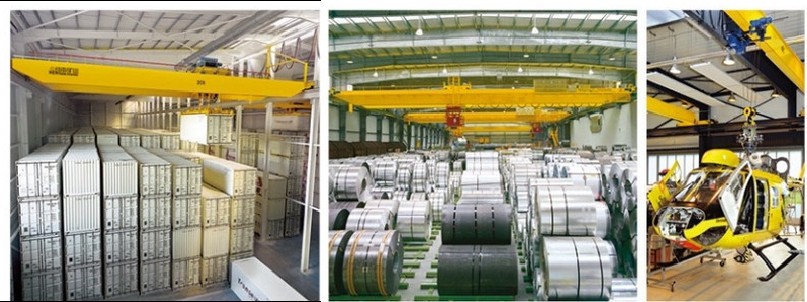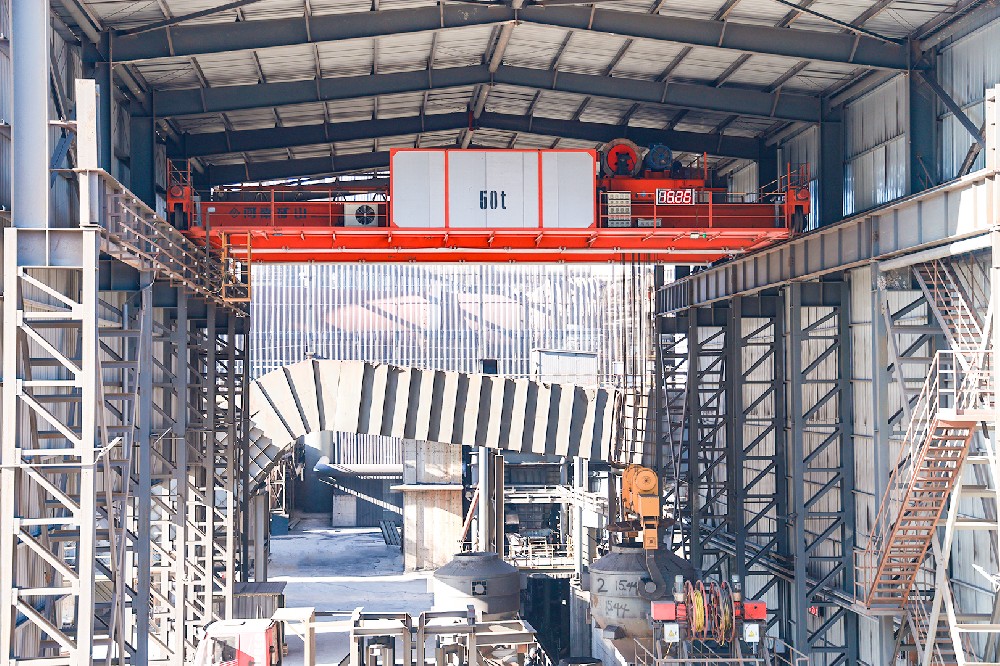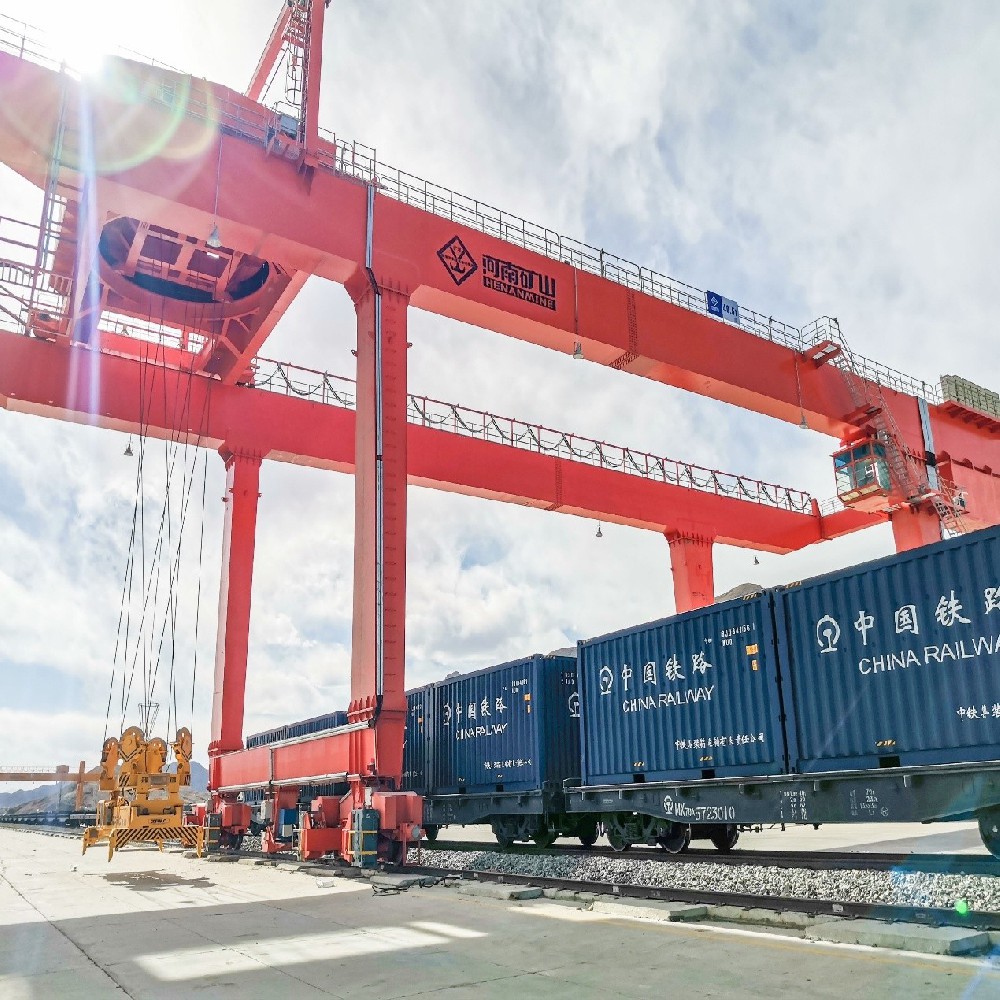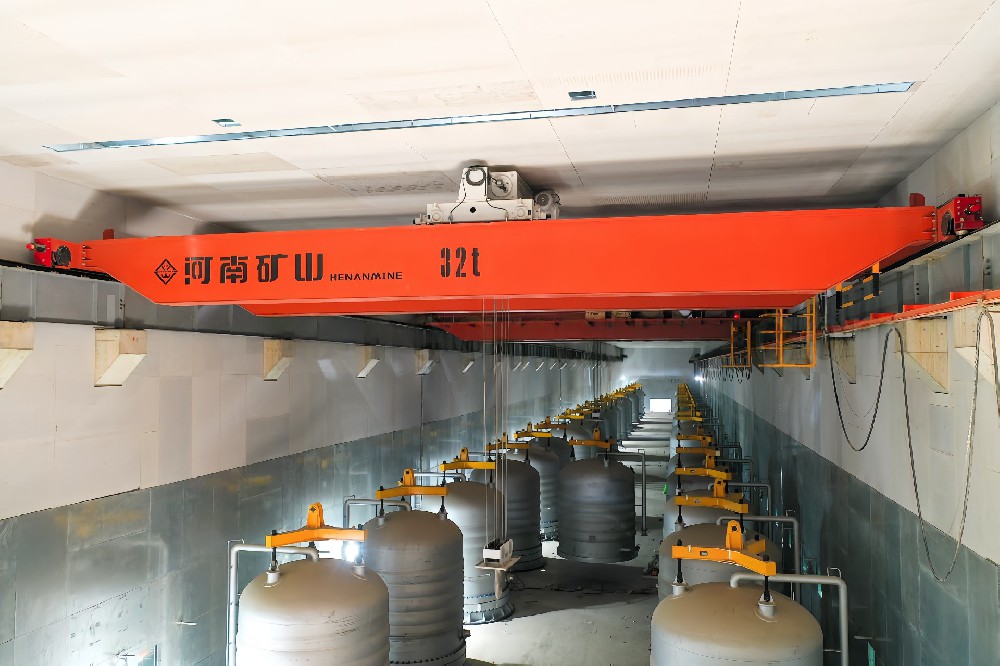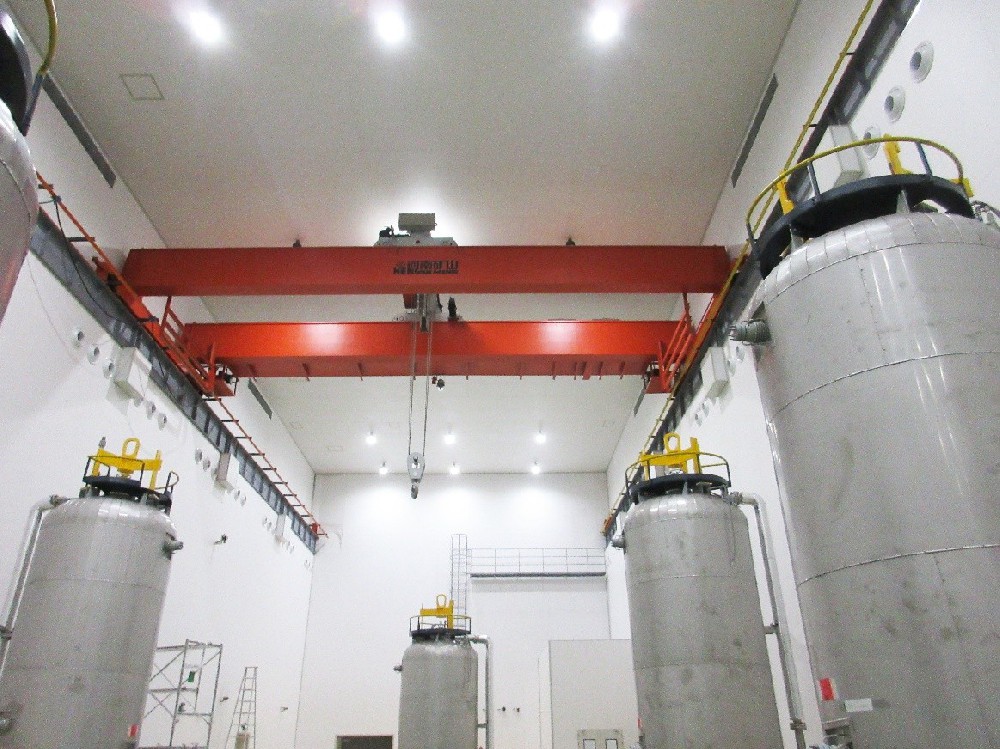- Here's a guide to picking the right double-girder bridge cranes for your natural gas plant: Checking out the main kit to make sure it's safe and efficient
-
ian Nao:2025-10-30 13:37:18jis pok:
Here's a guide to picking the right double-girder bridge cranes for your natural gas plant: Checking out the main kit to make sure it's safe and efficient
In the middle of natural gas processing plants, huge compressor units are waiting to be lifted and moved; in finished product storage tank areas, heavy valve assemblies need urgent replacement; in maintenance workshops, precision instruments need to move smoothly to the millimetre — behind each of these critical operations is the precise power of double-girder bridge cranes as core equipment. Cranes are the most important part of the equipment used in natural gas plants, so it's really important to choose the right one for the job. This article gives you the lowdown on the main types of bridge cranes and how they're used in different situations at natural gas plants, so you can make informed choices.
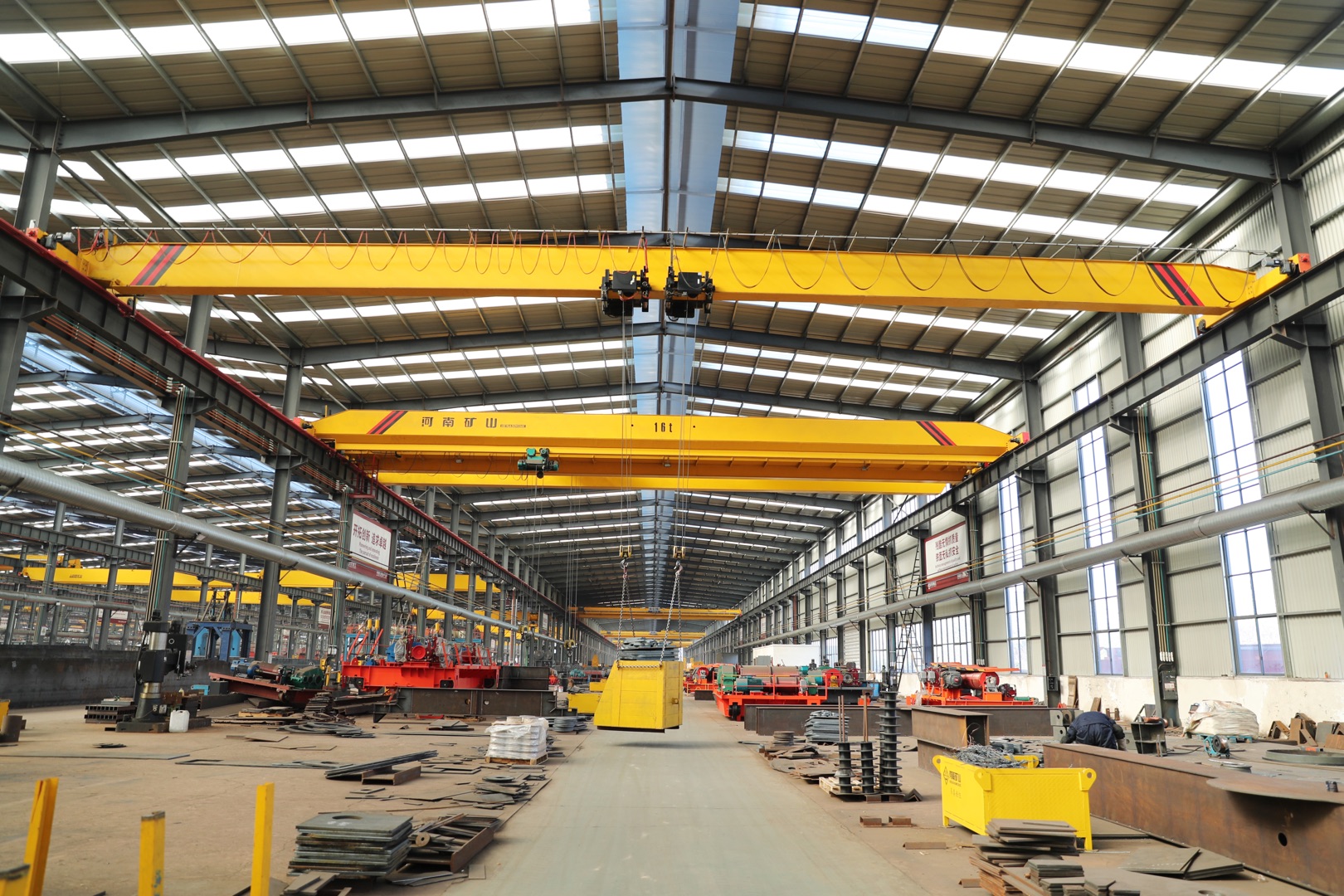
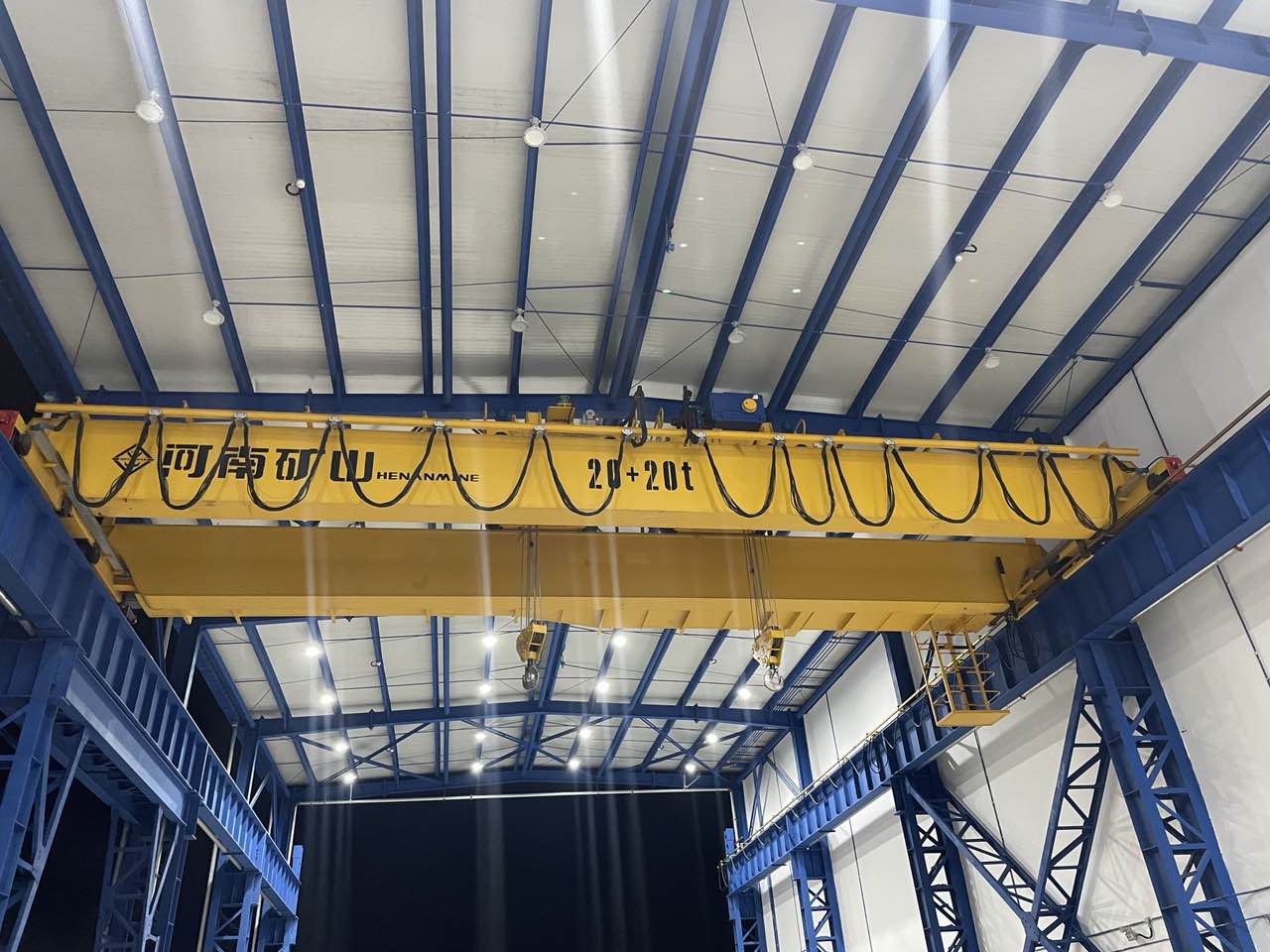
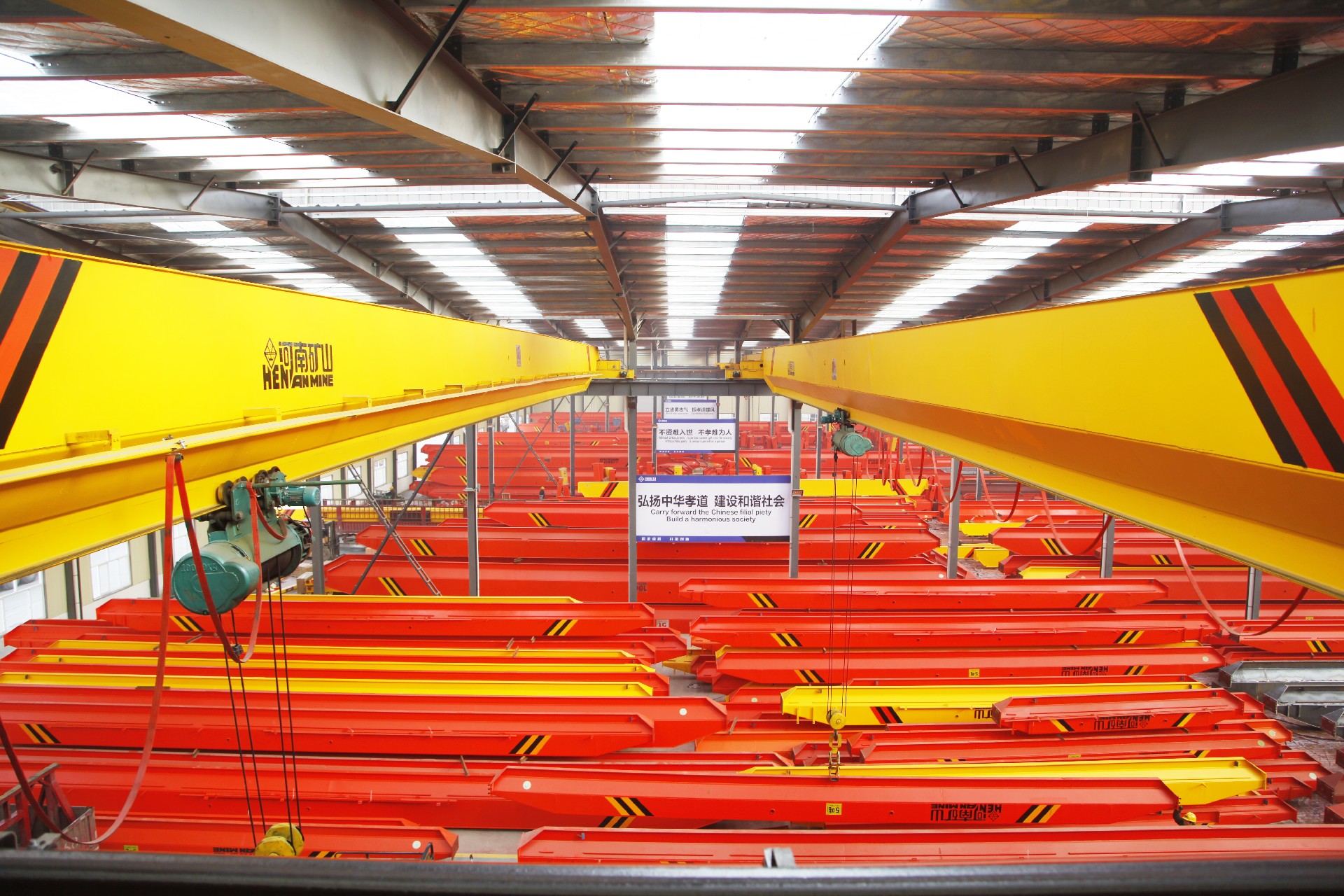
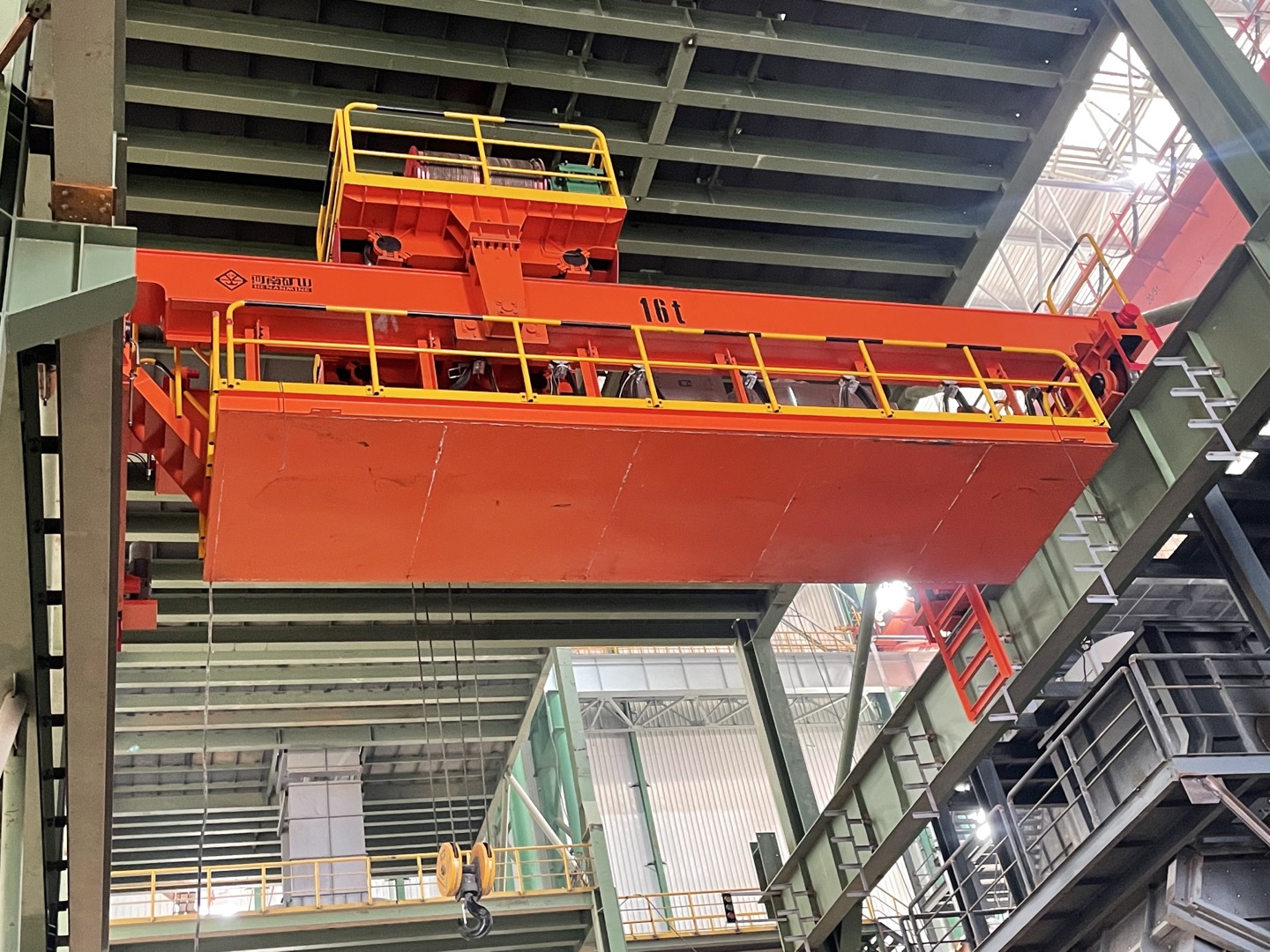
Core Requirements: A Partner You Can Count On, Even In Tough Situations
Natural gas plants are a whole different ball game:
Very strict explosion-proof requirements: There are flammable and explosive gases (methane, propane, etc.) in the processing areas.
Corrosive Environments: Moisture and chemicals in chemical production zones can quickly damage equipment.
Precision Load Handling: Compressors, reactors and precision valves need to be lifted without causing any damage.
Essential Safety Redundancy: Any equipment that's lifted needs to be done safely so there's no risk of dropping anything.
Efficient Space Utilisation: Compact plant layouts need cranes that are adapted to specific spans and headroom.
Here's a quick summary of what we've got on offer:
Gantry double-girder cranes
Classifications
Applications in natural gas plants
1. General Hook Gantry Crane (QD Type): The basic mainstay that can be used in lots of different ways
Application Scenarios: So, we've got zones for installing the equipment, standard storage areas, and zones for handling materials. We tend to use it for non-critical equipment, pipeline modules and standard containers outside explosion-proof zones.
Features: It's strong, easy to look after and great value for money.
2. Explosion-proof bridge crane (B-type/Ex d-type). Safety Guardian, Core Challenge Solver
Here are some examples of how it can be used: So, places like natural gas compressor rooms, liquefaction unit zones, pump areas and core process zones of refuelling stations, they're all areas where there's a risk of explosive gas atmospheres.
Features: Electrical components and mechanical structures (like motor junction boxes and brakes) meet the highest explosion-proof standards, so you don't have to worry about electrical sparks causing explosions.
Key things to know: The gas group (IIC maximum) and temperature class (T1-T6) should match regional explosion-proof ratings.
3. These cranes are the heavy-lift experts. They're perfect for scenarios where stability is a top priority.
YZ/YZS Type: So, zones for installing and maintaining really heavy equipment (often hundreds of tons), like large reactors, regenerators and absorbers.
Features: It's got a reinforced main beam structure, dual braking systems and slow-speed precision control, which makes it perfect for lifting heavy equipment.
Just to let you know, there's safety redundancy in place. The main hoist mechanism is usually fitted with two brakes, and it has its own independent dual system for the main and auxiliary hooks.
4. Slow-Speed Bridge Crane: Precision Control: Keeping Critical Equipment Safe
Precision instrument installation zones, valve maintenance platforms, control room equipment handling areas.
Features: It's great because it can move really slowly (often 1/10th of the usual speed) and can handle tiny movements, which is perfect for protecting those delicate parts.
5. Insulated Bridge Cranes: Here's what we're doing to keep things safe and sound right now: Electrolysis zones and pipe rack areas with potential stray currents.
Features: You know how there's usually more than one insulating pad between the hooks and pulley blocks? Well, what they do is prevent current pathways, which stops electrified loads from causing electric shock incidents.
6. Electromagnetic/Grab Cranes: Material Handling Specialists
Electromagnetic Type: There are less common scrap steel processing areas, and these are process-dependent.
Grab Type: There are storage areas for solid raw materials (e.g. desulfurisation agents, catalyst carriers).
Features: It's great for loading and unloading bulk materials, and it makes processing raw materials more efficient.
Here's a guide to the main things you need to think about when choosing a natural gas plant.
1. Lifting Capacity (T): Make sure you work out the maximum weight of the equipment for each item (including the lifting gear) and add a bit extra for safety (at least 1.25 times the maximum). Then you can also leave some extra space for anything you might need later on.
2. Span (S): It's all down to the actual clear distance between the plant columns, to avoid any interference.
3. Lifting Height (H): The distance from the ground to the top of the lifting device, all the way up. Make sure you take into account the height of the equipment, the length of the sling and the clearance height.
4. Duty Class (A3-A7): The equipment used in natural gas plants usually needs to be at least A5 (heavy duty) to make sure it can take the stress.
5. Operating Speed:
Lifting Speed: If you're moving stuff at low speeds (less than 2 metres per minute) it'll stay stable, but you'll need to be able to go really fast (like, really, really fast) if you're doing something precise.
Trolley/Hoist Speed: Balances efficiency and positioning accuracy based on facility length and how often it's used.
6. Power supply: It's a standard 380V/50Hz three-phase AC, but you'll need to make sure you have voltage drop compensation for conductor rails if you're doing large spans.
Here are the main enhanced safety specifications for natural gas plant special equipment.
Explosion-Proof Certification: Any equipment in the main process areas needs to have nationally approved explosion-proof certification (like NEPSI) with clearly marked explosion-proof symbols (like Ex d IIC T4 Gb).
Dual Brake System: The main hoisting mechanisms need to have independent dual brakes (electrical and mechanical) for dual fall protection.
Overload Limiter: We've got to make sure we install high-precision electronic overload limiters with audible/visual alarms and automatic shutdown of hazardous operations.
Protecting against corrosion: If you're working in coastal or highly corrosive areas, we suggest using stainless steel wire ropes and heavy-duty anti-corrosion coatings (like zinc-rich epoxy primer + polyurethane topcoat).
There's also an optional Anti-Sway Control. For precision equipment handling or lifting in confined spaces, intelligent anti-sway systems can make a big difference to efficiency and safety.
Emergency Descent Device: If there's a sudden power failure, a manual release makes sure the plane lands safely.
Precision Matching, Driving Safe and Efficient Production
In the complex processes of natural gas plants, double-girder overhead cranes are more than just handling tools. They're essential for keeping production going and making sure everything's safe. Understanding the different types of overhead cranes and how they're used is crucial. We've got QD models that are super versatile, explosion-proof specialists, and we can handle heavy metallurgical loads and precision slow-speed operations. Choosing the best "industrial giant arm" for your plant depends on matching it to the specific conditions and safety rules of your plant.
Planning to upgrade your natural gas plant's equipment? Let us know the exact specs you need (weight, length, explosion-proof rating, etc.) and we'll hook you up with a double-girder bridge crane that ticks all the boxes for safety and efficiency!
Key Terms: So, we've got natural gas plant crane selection, explosion-proof bridge cranes, double-girder crane classifications, QD-type cranes, metallurgical cranes, slow-speed cranes, insulated cranes, compressor hoisting, tank maintenance, safety regulations, explosion-proof certification, anti-sway control, natural gas equipment installation, chemical plant crane applications, dual braking systems, duty class, load capacity calculation, span selection, lifting height, anti-corrosion treatment, safety redundancy design, smart cranes, material handling solutions, industrial crane safety standards.

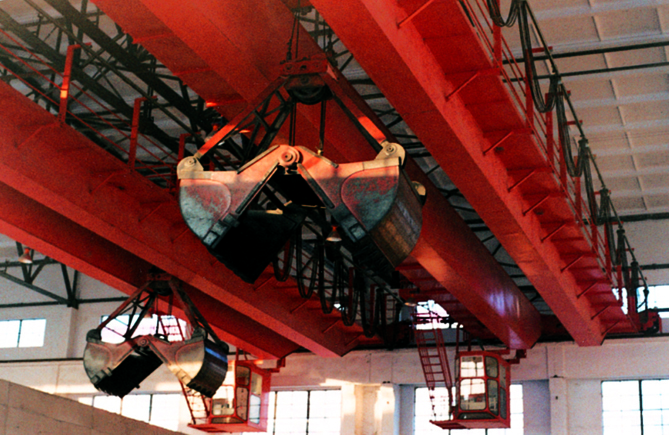
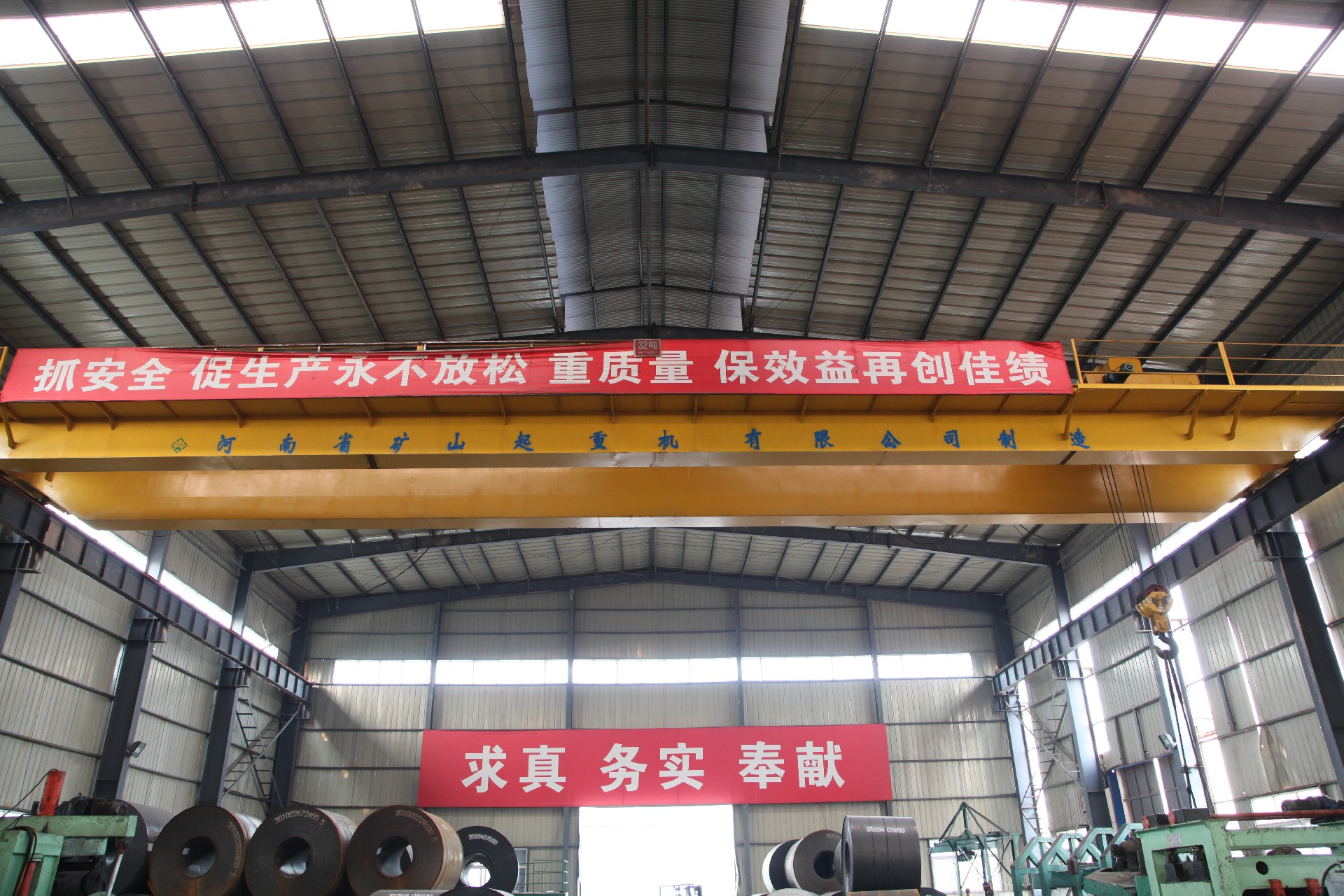
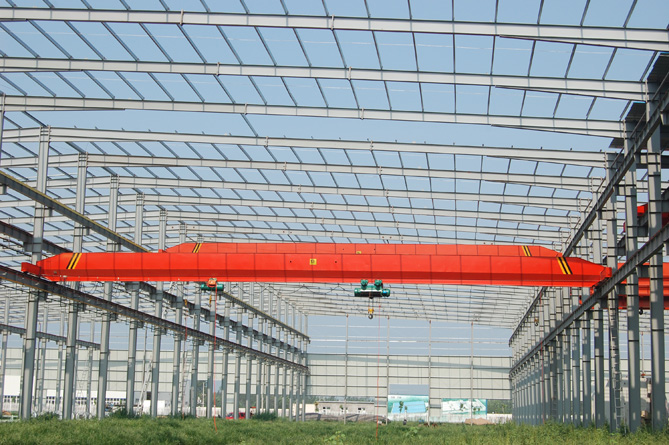
As a top global supplier of cranes, Henan Mine Crane has a wide range of products from 5 to 500 tons. We'll provide custom designs based on site drawings, load characteristics and environmental parameters. Our full lifecycle services offer all-in-one solutions, from site surveys and design planning to installation and commissioning, plus regular maintenance.
Email:infocranehenanmine.com

